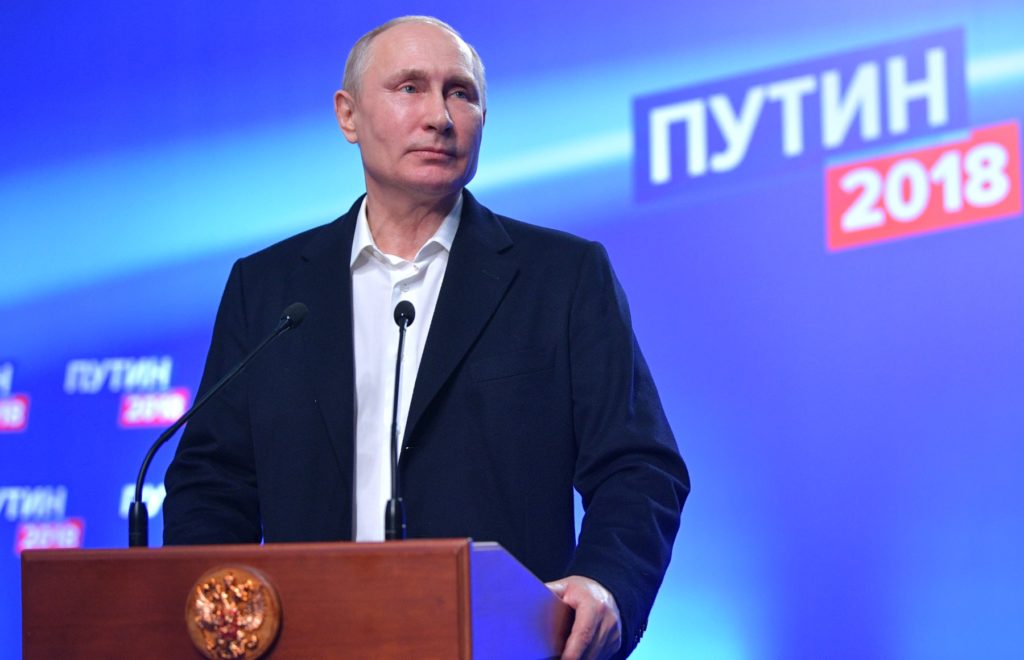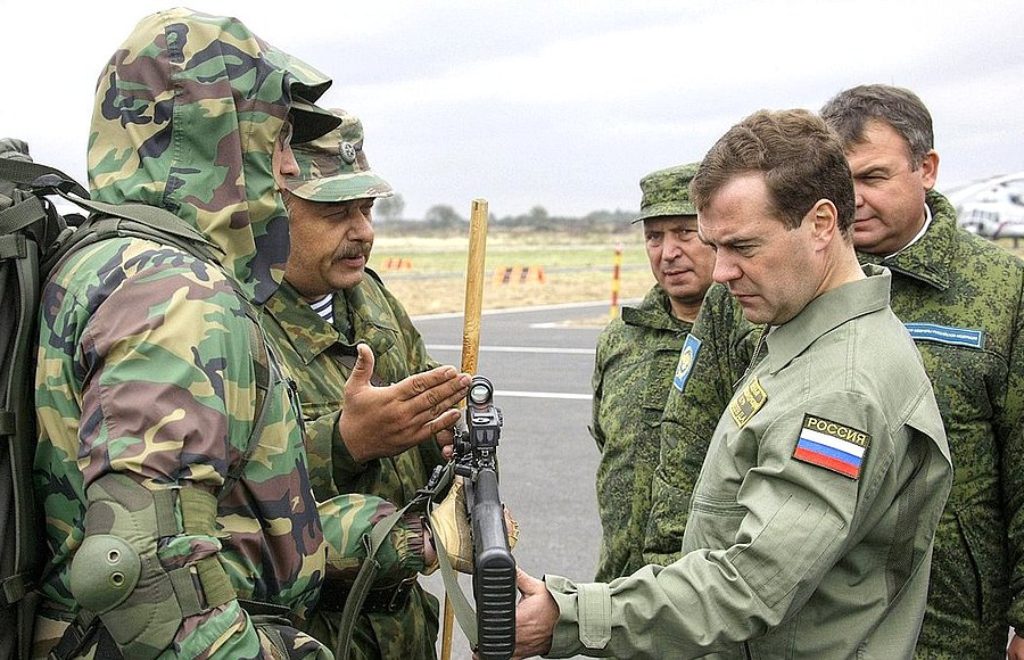Connecting the past with the present
October is warm and sunny – a real Indian summer. The synagogue building site is surrounded by a tall fence. I wait obediently next to the gate. After a while a security guard lets me on to the construction site. Natalia Lorens is an architect responsible for the building of the Kaliningrad synagogue. She moved around the site from one group of men to another. She is a small brunette, wearing jeans with a jacket covered in dust, she speaks loudly. From a distance, I can hear the word “problem” repeated a lot.
March 4, 2019 - Paulina Siegień






































